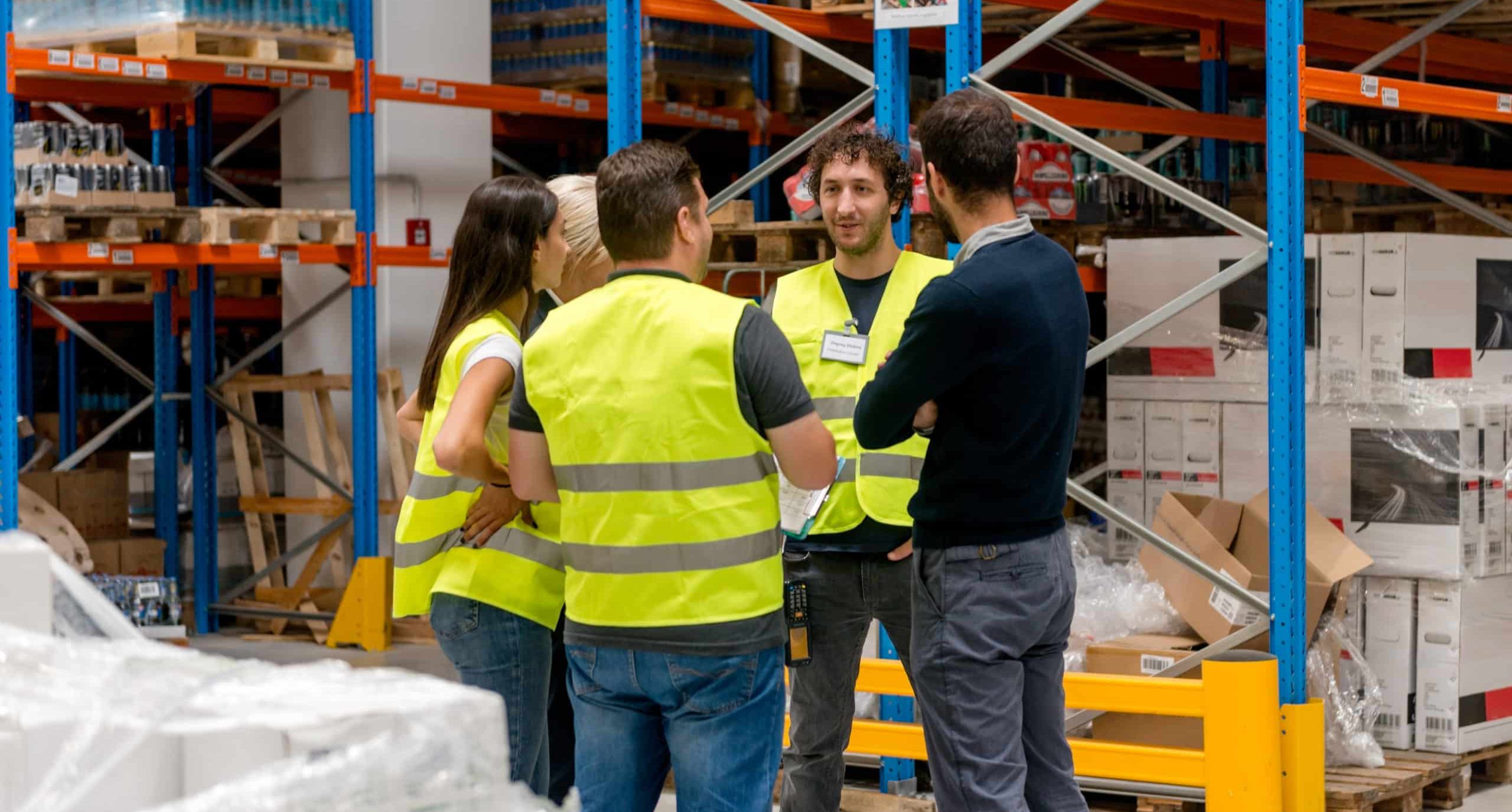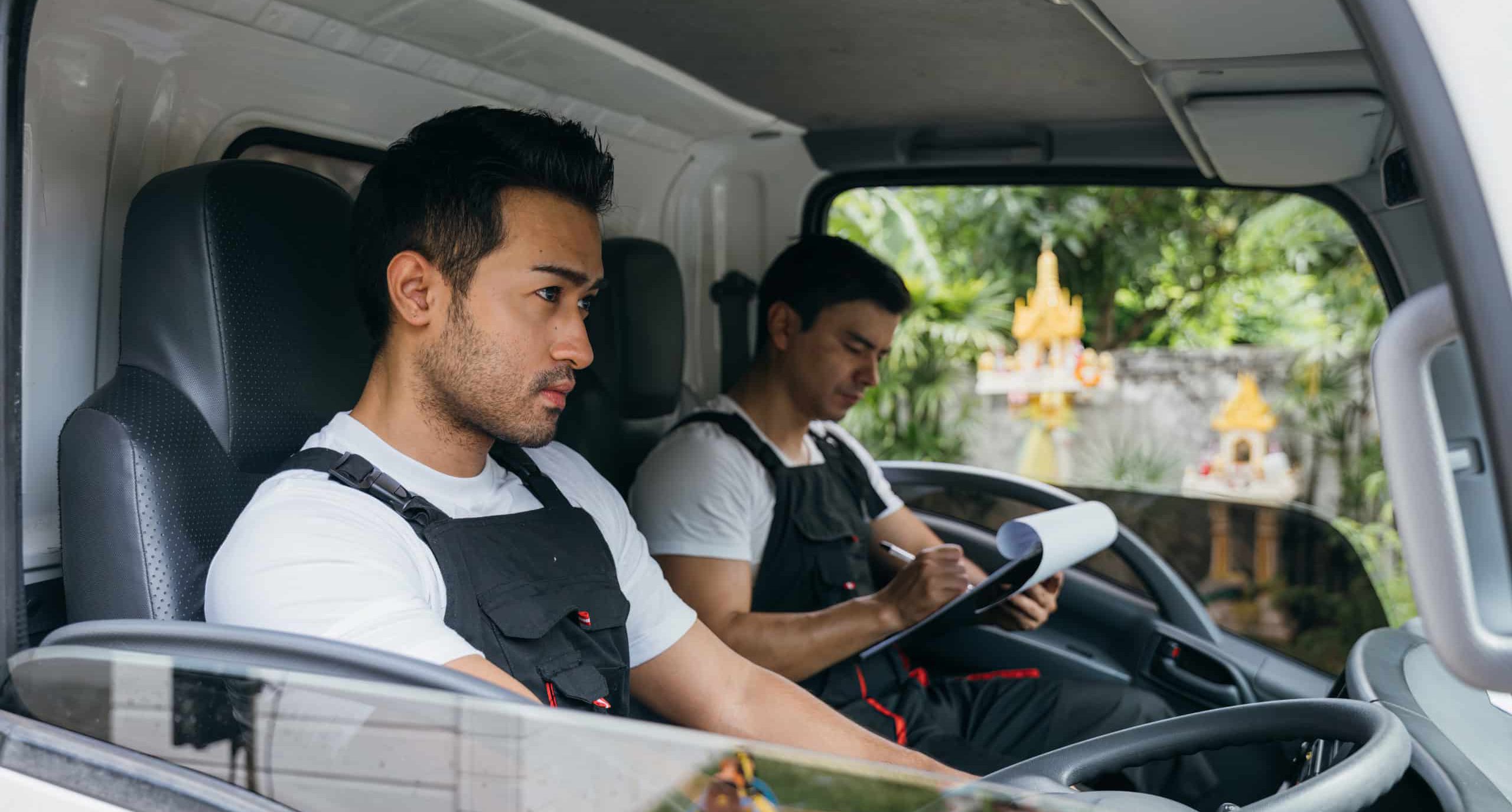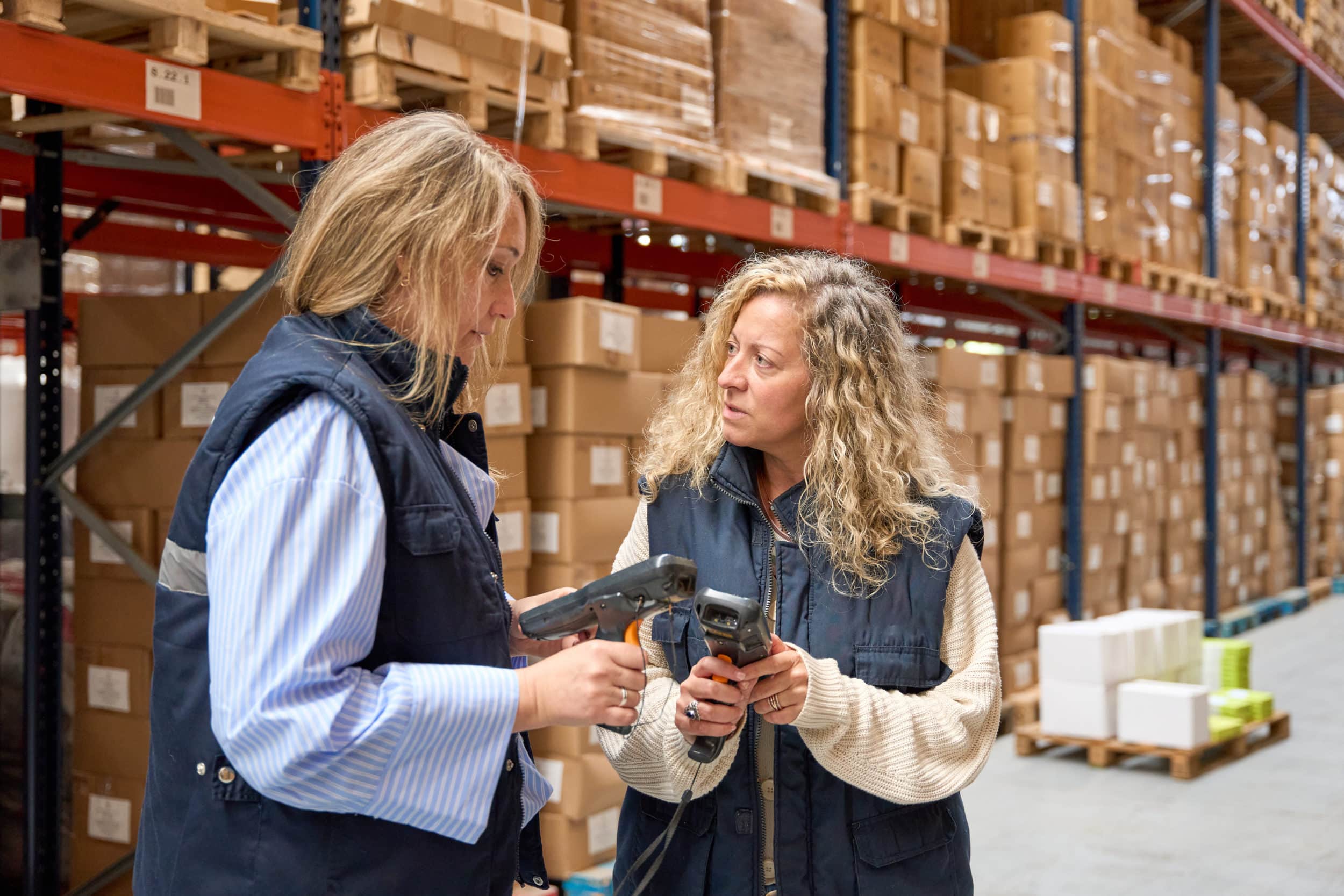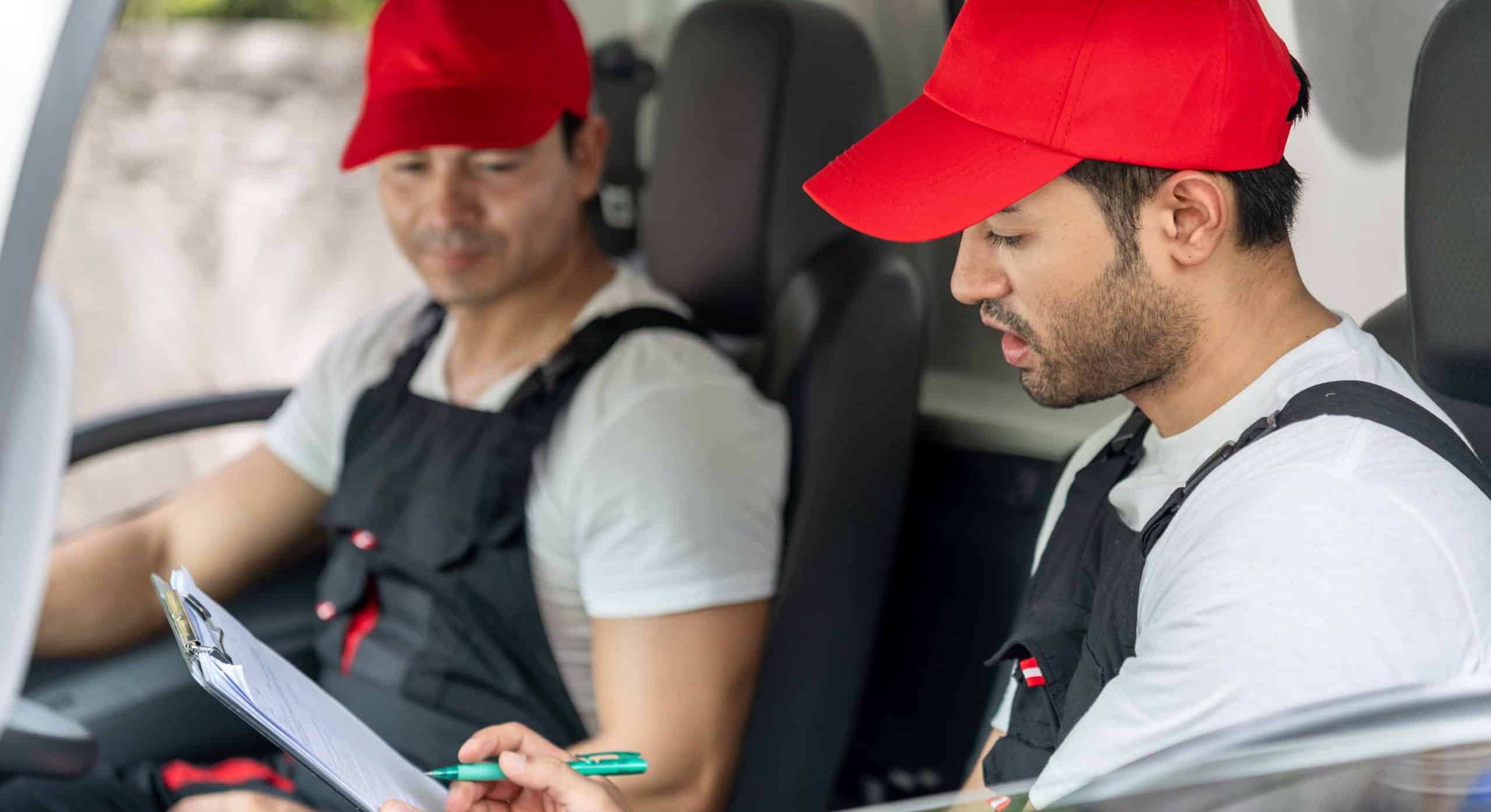Training Drivers on Route Optimisation Software: Tips for Faster Adoption and Fewer Errors

When it comes to adopting route optimisation software, investing in the right technology is only half the battle. The other, often more complex half, lies in ensuring your team, particularly your drivers, are confident, competent, and comfortable using it. After all, even the most intelligent system can fall short if it’s not used correctly on the ground.
At MaxOptra, we’ve helped hundreds of fleet and delivery managers roll out our route optimisation platform smoothly and successfully. One thing we’ve learned? Training your drivers effectively can significantly speed up adoption, minimise errors, and improve operational performance.
Here are our top tips for training drivers on route optimisation software and ensuring long-term success
1. Start with the “Why”

Before diving into system walkthroughs, it’s important to explain why you’re implementing the software. Focus on how it benefits the driver as much as the business:
– Less stress: Clear routes, fewer last-minute changes, and better customer information.
– More structure: A predictable, reliable plan for the day ahead.
– Better support: Real-time data can help dispatchers resolve issues faster and reduce manual communication.
By showing drivers how the system makes their working day easier, you’re more likely to get their buy-in from the outset.
2. Tailor Training to Your Team

Not every driver is tech-savvy, and that’s okay. Your training approach should match the experience and confidence levels of your team.
– For less tech-confident drivers, start with the basics. Show them how to open the app, view their route, and mark jobs as complete.
– For more experienced users, introduce features like customer messaging or traffic-aware rerouting.
Consider breaking your training into small, manageable sessions rather than overwhelming drivers with everything at once. A modular approach helps reinforce learning over time.
3. Use Real-Life Scenarios

Theory only gets you so far. Practical, scenario-based training helps drivers see how the software fits into their actual day.
Create examples that reflect real situations your drivers face, such as:
– Delivering to a customer who isn’t home
– Updating a failed delivery in the app
– Receiving a last-minute route change
At MaxOptra, we recommend using demo modes or pre-planned training routes that mimic your usual workflows. It helps make training feel relevant, not abstract.
4. Make Use of Training Tools and Services

If you’re using MaxOptra, you’ll find a range of built-in tools designed to support onboarding:
– Customer community forum: A dedicated space for collaboration and support, nurturing direct conversations with our users.
– Training resources: Our knowledge base and video tutorials provide on-demand support.
– Live support: Our UK-based team is on hand to help with queries as they arise.
– Health checks: Comprehensive and personalised checks to ensure you’re getting the most of our your solution
– Site visit training: Dedicated training from one of our experts, at your site, tailored to your requirements
Make sure your drivers know where to find help if they get stuck. A centralised resource hub, either digital or printed, can speed up troubleshooting in the field.
5. Assign a Driver Champion

One of the most effective strategies for long-term success is to nominate a driver champion, someone who is confident using the software and willing to support their peers.
This person can act as a go-to resource for questions, offer informal tips, and help ease apprehension. Drivers often respond more positively to help from a trusted colleague than a manager or tech team.
6. Create a Feedback Loop

Even the best training won’t catch everything. Encourage regular feedback from your drivers and act on it where possible.
– Are there features they find confusing?
– Are updates being communicated clearly?
– Are there suggestions for improvement?
Not only does this help refine your rollout, but it also shows drivers their input is valued, which builds trust and boosts morale.
MaxOptra users benefit from ongoing customer support and dedicated account managers, so it’s easy to raise issues, request new features, or clarify changes when needed.
7. Monitor and Measure Success

Once your drivers are up and running, it’s important to monitor how things are going. Use data from the MaxOptra dashboard to check
– Job completion rates
– Missed or failed deliveries
– Route adherence
– The usage of features like proof-of-delivery photos or customer ETA notifications
If you spot recurring issues, revisit the relevant part of the training or offer a refresher session.
8. Celebrate Quick Wins

Change can feel daunting, especially in busy operations with tight deadlines. That’s why it’s important to celebrate early success stories.
Highlight how many deliveries were completed on time, how much time or mileage was saved, or positive customer feedback received through ETA notifications. Recognising quick wins helps build momentum and shows that the software is genuinely making a difference.
Final Thoughts
Rolling out route optimisation software like MaxOptra is a big step towards operational efficiency, but it’s your people who make the difference. With the right training approach, you can empower drivers to use the system confidently, reduce costly mistakes, and build a smoother, smarter delivery operation.
Looking to implement route optimisation software with minimal disruption?
Get in touch with our team to find out how MaxOptra can help you train your team and transform your delivery performance.
FAQ
Why is driver training important when implementing route optimisation software?
Driver training ensures your team knows how to use the software correctly, which helps maximise efficiency, reduce errors, and speed up adoption.
What are the key benefits of training drivers on route planning tools?
Trained drivers experience less stress, more structure in their day, and better support through real-time data and communication features.
How can I tailor route optimisation training for drivers with different tech skill levels?
Start with basics for less confident users, and gradually introduce advanced features for experienced drivers. Modular, scenario-based sessions work best.
What is a driver champion and why should I appoint one?
A driver champion is a peer who understands the software well and can support others. This peer-to-peer learning often boosts confidence and adoption.
What tools does MaxOptra offer to support driver training?
MaxOptra provides video tutorials, a knowledge base, a community forum, live support, and account managers to assist with onboarding and troubleshooting.
How can I monitor whether driver training has been successful?
Use MaxOptra’s dashboard to track metrics like job completion rates, missed deliveries, and usage of key features such as proof-of-delivery and ETA updates.
How do I encourage long-term adoption of route optimisation software?
Create a feedback loop, celebrate quick wins, and offer ongoing support and refresher training based on real-world performance data.
Maxoptra System
© MaxOptra, 2023. Privacy Policy and Cookies
